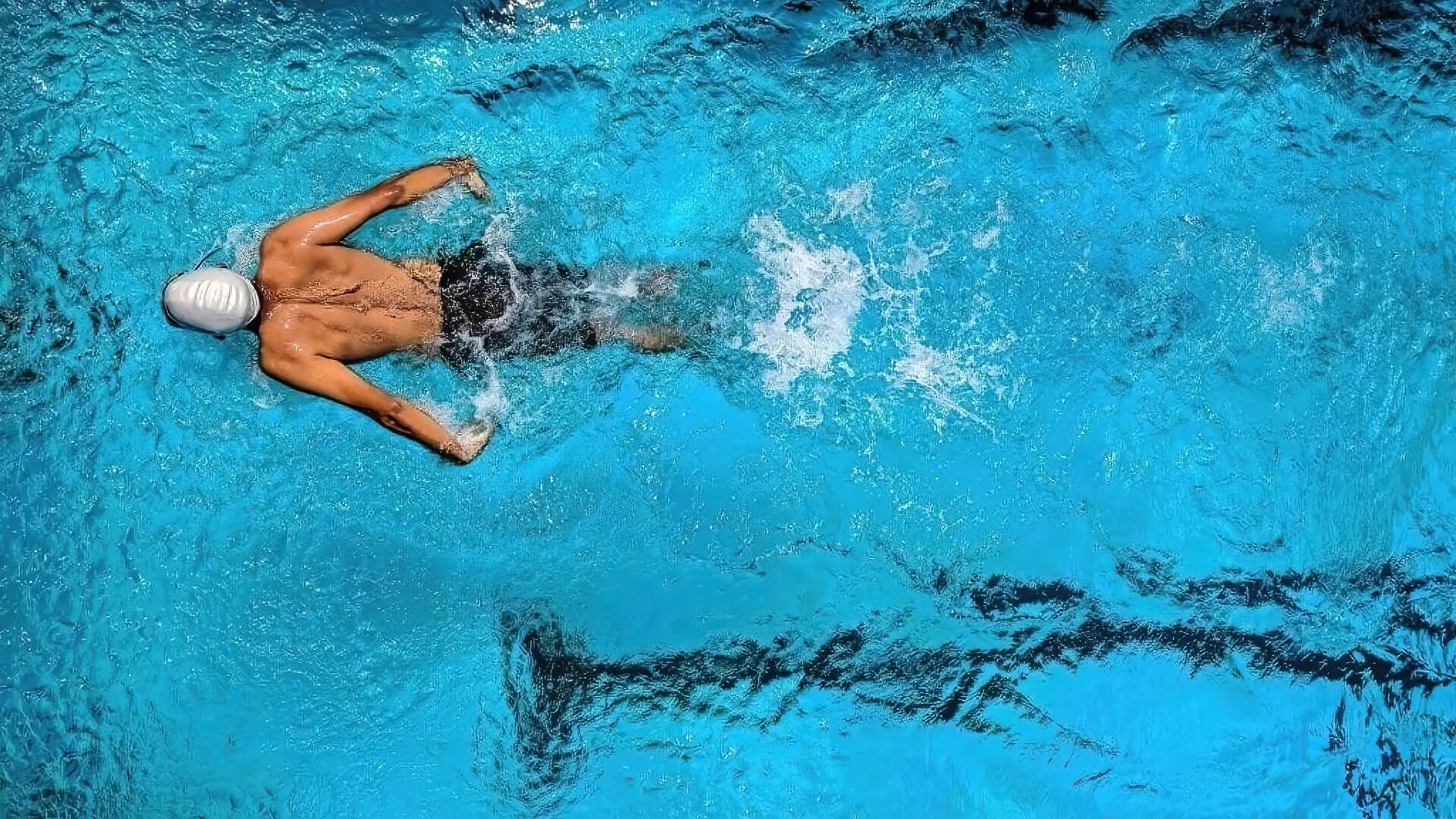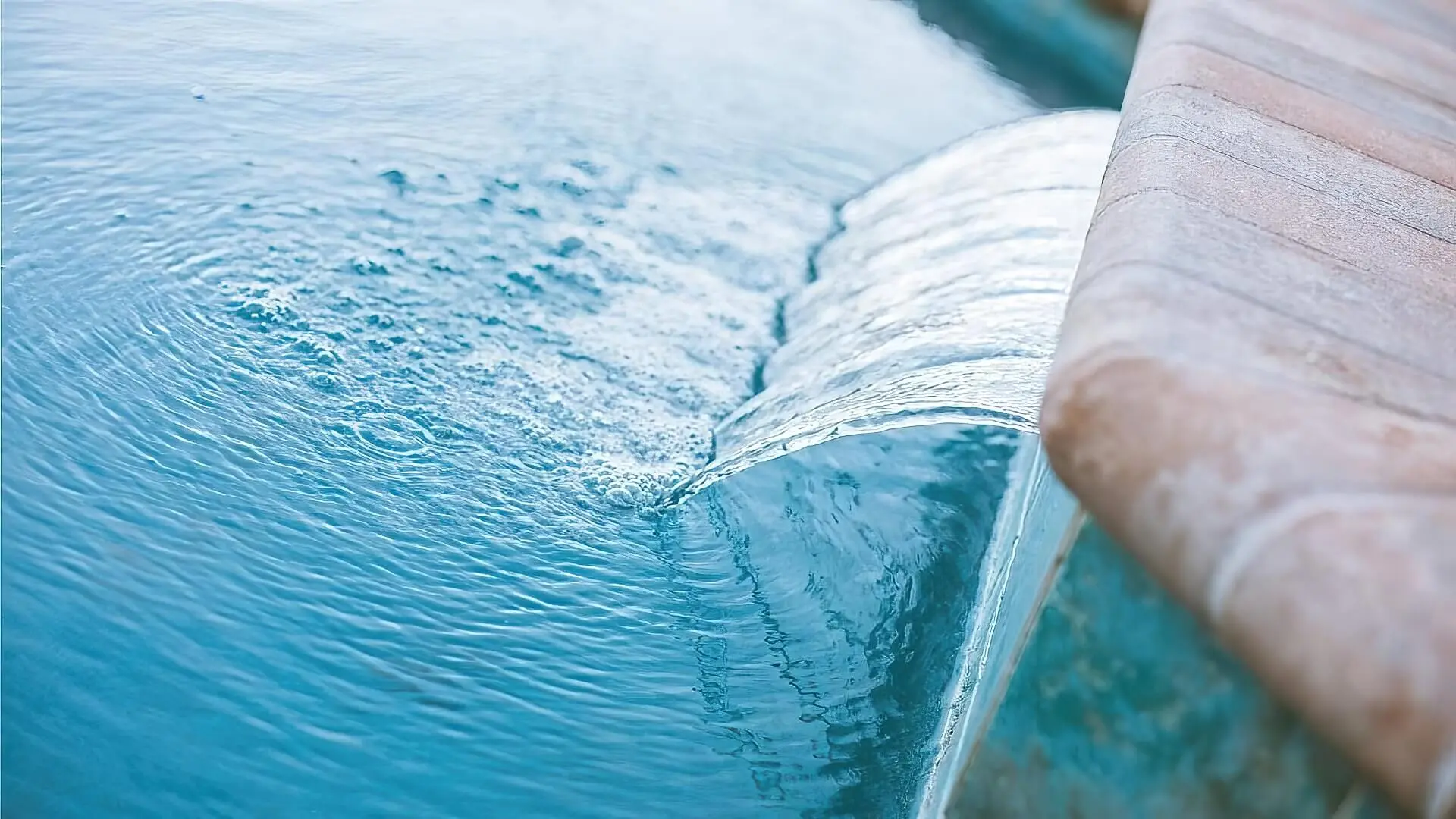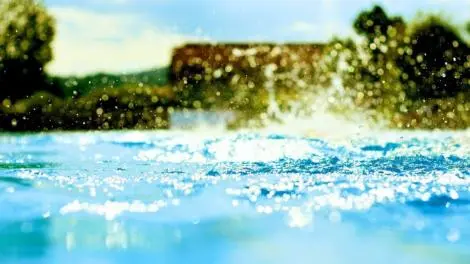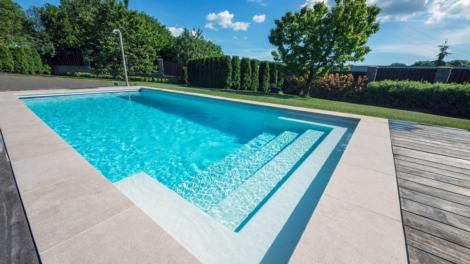Owning a private pool in the backyard is like a dream come true. But maintaining a beautiful pool takes a massive amount of work.
After all, who doesn’t like to have a relaxing weekend lounging around the swimming pool and soaking in the summer sun? But to do that, you must ensure your swimming pool is in its best condition.
And if you’re a first-timer, treating the water alone might seem daunting.
However, treating water to keep your swimming pool in top shape can be easy with proper preparation. Once you know the relevant tips and tricks, treating water will come as second nature to you.
And that’s where we come in. This article will discuss everything there is to know about treating water for first-timers. So, without further ado, let’s dive in!
The Right Preparation
Preparation is critical when you’re planning to treat the water for the first time or after a long while. As a rule of thumb, you must choose the right chemicals, look for the perfect chemical levels, and treat the pool water frequently.
An experienced pool owner will tell you that a water testing kit or strip is essential for treating the pool water. Using any water testing kit will help you identify what needs to be treated in the pool water.
It is best to remember that just because the pool water looks crystal clear doesn’t necessarily mean it is perfect for skinny dipping. Most water-borne contaminants are microscopic and invisible to the naked eye. Hence, it is best to take precautions and test the water using a kit before the contamination becomes visible and too much to handle.
How Frequently Should I Treat The Pool Water?
Regular pool water treatment ensures your private pool remains a sparkling oasis. For those who love to dive in frequently, giving your pool water some TLC twice a week is the way to go. On the flip side, a once-a-week treatment should do the trick if you’re more of a now-and-then splash enthusiast. Sticking to this routine is vital for the water quality and the upkeep of the entire pool structure, including the pool surfaces.
Whether you’ve got an in-ground pool or an above-ground gem, a consistent care schedule is vital to keeping your pool swim-ready. By maintaining the water regularly, you’re not just looking after the clarity and cleanliness of the water, but you’re also protecting the surfaces and the structure from wear and tear. A bit of regular effort means your pool will always be ready for a dip, and your little slice of paradise will thank you for it.

What Are The Pool Chemicals That I Need To Treat The Pool Water?
When it comes to treating pool water, you’ll need a lot of chemicals. So, let’s take a look at all the necessary products:
- Pure liquid chlorine or chlorine granules
- Stabilised chlorine or chlorine tablets
- pH regulators
- Cyanuric Acid
- Calcium
Starting your pool care routine with start-up chemicals sets the stage for a clean and healthy swimming environment. Your primary pool-treating team includes start-up chemicals like a good chlorine residual, crucial for sanitising the water and maintaining a solid chlorine level, ensuring that any nasty bacteria are kept at bay.
On top of those, you’ve got a supporting squad of pool cleaners and other helpful additions such as clarifiers, algaecides, scale and stain removers, and phosphate removers. These aren’t always necessary—if you’ve got the chemical balance of your pool dialled in, with controlled total dissolved solids and a filter tank that’s doing its job, you might not need the extra help. However, when used, these secondary chemicals can make your pool water treatment process much smoother, and over time, they can even reduce your overall chemical expenses.
Don’t forget the physical tools of the trade, either. A pool brush is indispensable for scrubbing away any stubborn spots and keeping your pool surfaces in top condition, whether it’s an in-ground pool or an above-ground setup. When it comes to maintaining that pristine water, a pool cover can be a game-changer, helping to keep debris out and curing chlorine demands by protecting the water from contaminants.
Lastly, regular maintenance is vital in your pool’s filtration system, whether using a cartridge filter or another type. Keeping the filter clean ensures it can continue to remove impurities effectively, contributing to the overall easiness and efficiency of keeping your pool swim-ready.
Keeping Track Of All The Chemical Levels
You can’t randomly add all the chemicals when treating the pool water. There’s a fixed order to maintain, and we’ve discussed this below:

1. pH Levels
The pH levels in your pool are like the pool builder’s blueprint—they set the stage for everything else. These levels tell you how acidic or alkaline your water is, and they have a big say in how well all your other chemicals work, including free chlorine.
Getting the pH right is the first step before adding any other treatments. If your pH is too low and the water’s too acidic, it can erode the pool surfaces and harm the pump and filter system. On the other hand, if the pH is too high and the water’s too basic, you might find yourself with calcium hardness issues, leading to deposits and staining that can spoil the look of your pool.
2. Calcium Levels
Monitoring pH, total alkalinity, and calcium hardness is crucial to maintaining the perfect balance in your pool water. Your test kit is the best friend you never knew you needed for this task. It will reveal the current calcium levels in your pool, guiding you on whether you need to increase or decrease the calcium concentration.
If the calcium hardness is off-kilter, you must add the right amount to return it to the sweet spot. Once you’ve introduced the necessary chemical, don’t just trust that you’ve nailed it. Recheck the calcium level to ensure it’s exactly where it should be. This careful dance of testing and adjusting keeps your pH, total alkalinity, and calcium hardness in harmony, which is critical to a healthy pool environment.
3. Cyanuric Acid Levels
Cyanuric acid prevents the chlorine in your pool water from burning in the sun so that it can adequately sanitise the pool. Too much cyanuric acid can also render the action of chlorine ineffective. You must be very careful when adding cyanuric acid to the pool water.
Additionally, stabilised chlorine already contains cyanuric acid. So, if you’re using chlorine pucks, consider that before adding any more of the chemical.
4. Chlorine Levels
After you’ve balanced out all the other chemicals in your new pool, it’s time to introduce chlorine. This is when a chlorine shock, especially an initial spring shock, can be particularly beneficial. Shocking your pool is a method of adding a larger-than-normal dose of chlorine to the water. It’s like a reset button, ensuring any lingering bacteria or algae are shown at the door.
So, go ahead and add the chlorine to your pool. Once that’s done, don’t just admire your handiwork. Let the pump and filter system do its thing and circulate the water. This helps to distribute the chlorine evenly throughout the pool. After giving it some time to mix and mingle, grab your water testing kit and finalise the chemical levels. This last step confirms that your pool water is clear, clean, and ready for a season of splashes and fun.
Treating Your Pool Water
Proper pool water treatment is crucial to keep your private pool in the best condition. And as a first-timer, the process might seem like a backbreaking task. But, after going through our article, we hope you have a better idea about how to treat pool water.
As an added tip, we suggest taking extra precautions and safety gear when adding all the chemicals to avoid health hazards. Also, buy a reliable test kit to check the chemical levels in the water.
And on that note, we’ll be signing off. Take care, and we’ll see you next time!



